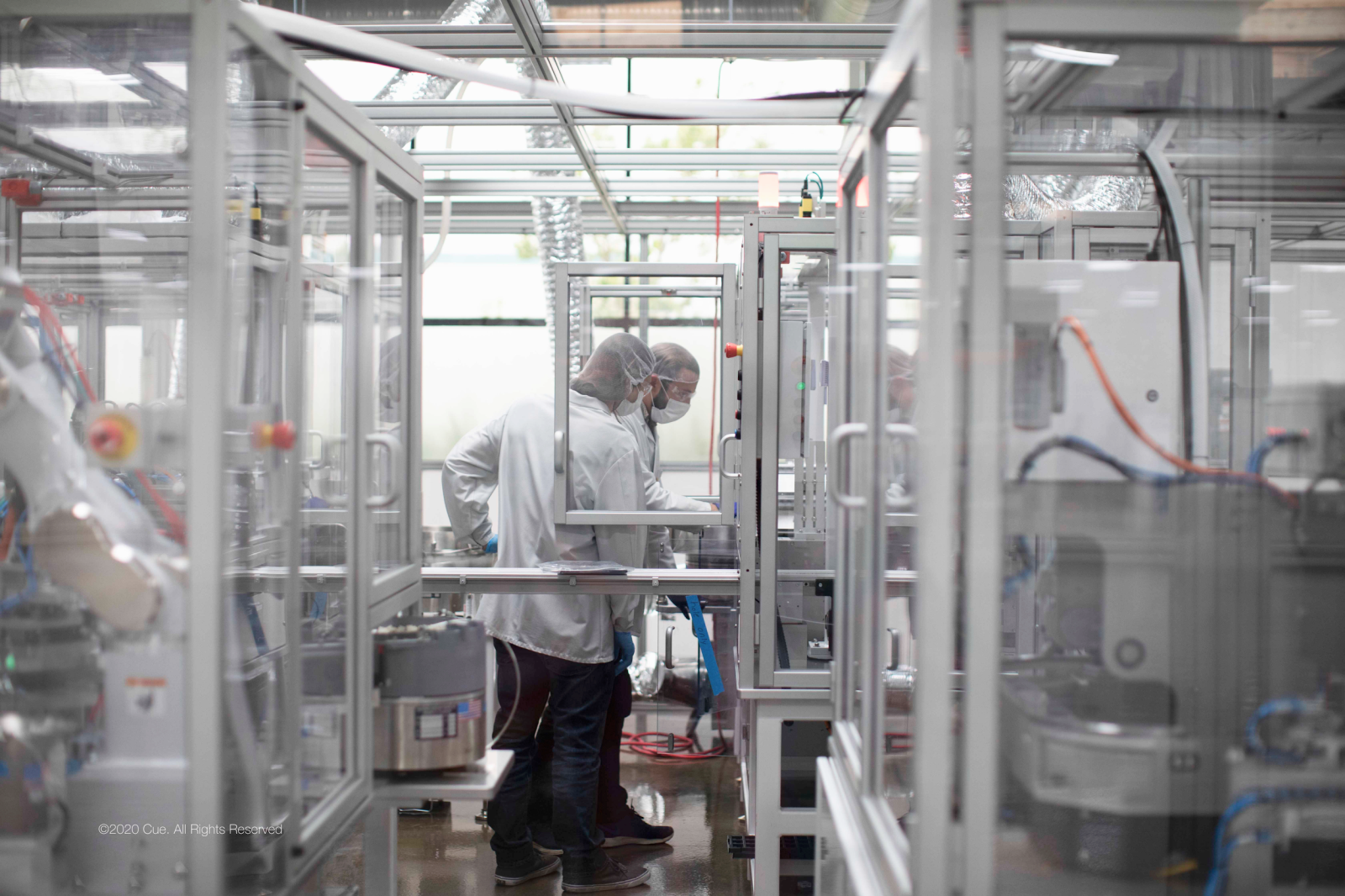
By Andrea Siedsma, Fresh Brewed Tech contributing writer
When Billy Idol first walked into MP3.com’s San Diego offices, his first words were, “Fuck the record labels!”
It’s a day that MP3.com executive Greg Flores remembers well. “A lot of people were interested in what we were doing,” he says.
Rebellious of convention, MP3.com led a digital music revolution in the late 1990s that not only infuriated many big record labels, but more importantly, gave music artists more power over their own music, and a more personal connection with their fans.
The San Diego tech pioneer, created by Michael Robertson, brought us all a little closer to the artists we adore, expanded our music palate, and created a powerful platform via user-generated content that would become the basis of digital music today.
Below is a look at MP3.com’s backstory, its main rockstars, and what they’ve been up to since then.
Founded: 1997; bought by Vivendi Universal for $373 million in cash and stock in 2001.
Key Players: Michael Robertson, Greg Flores
Backstory: MP3.com was born out of a company launched in 1996 by Michael Robertson called Filez, an FTP search index engine. Robertson, who constantly tracked what people were searching for, noticed one search in particular that was extremely popular – “MP3.” And, the rest, as you know, is history.
Where are they now:
Michael Robertson with wild mustang Tess. Photo: Cathy McCall
Michael Robertson, Founder & CEO, MP3.com, also known as MR: After MP3.com sold to Vivendi, Robertson started a Linux-based competitor to Windows that was originally called Lindows. Microsoft, which alleged that the name was too similar to the name of its operating system, sued, but settled before it went to trial. As part of the deal, which involved a $10 million payment by Microsoft, the software was renamed Linspire.
MR started a handful of other San Diego startups, including:
Gizmo5, a standards based VOIP company which built SIP compliant hardware and software. The company amassed 25 million users and eventually sold to Google in 2009 for $30 million. The company became part of Google Voice, where Robertson worked for about six months as a consultant.
DAR.fm, a subscription-based DVR service for radio (mainly for programs such as NPR’s All Things Considered).
Robertson’s latest venture is OnRad.io, a B2B search engine company that indexes 100,000 online radio stations in real-time. This data is licensed to many technology and data tracking companies; OnRad.io’s search engine performs 25 million queries a day through its partners.
The basis of MR’s companies – search engines. “I’ve always loved search engines,” says Robertson, who earned a degree in cognitive science from UC San Diego.
Born to be wild: About eight years ago, Robertson bought a horse facility in San Diego County, where he trains wild mustangs and escapes from all the daily noise. He has broken about a dozen horses and even enters competitions.
“There’s a real sense of accomplishment to take wild animals that don’t like humans and train them,” Robertson says. “When you and the horse are clicking, it’s an unspoken language.”
MR notable quotes:
On MP3.com: “It was one of the first real crowd-driven, user-driven, changing-an-industry kind of movement.”
“Back in that day, everybody had modems; an MP3 song took 20 minutes to download. But everything we did was so controversial and unprecedented that it gave us an image and a street cred. That’s what attracted people.”
On entrepreneurialism: “It takes a lot of courage to go a non conventional path. If you want to be a successful entrepreneur you must think and act differently than the crowd. And not everyone can do it; some people don’t have the internal fortitude to be different.”
_______________________________________________________
Greg Flores: During his tenure as Cofounder, Senior VP and Head of Business Development, net revenues for MP3.com jumped from $1.1 million in 1998 to $21 million in fiscal 1999. That amount skyrocketed to $80 million in 2000.
After leaving MP3.com in 2001, Flores cofounded San Diego-based Autospies, a premier automotive inside information site where he currently remains a partner. Autospies is now one of the most recognized online automotive brands among automotive enthusiasts that has attracted major automotive advertisers and agencies such as IPG, BMW, Toyota, GM, Mercedes Benz, and Lexus.
Flores has also served as partner and the EVP, Business Development of Animusic, LLC since 2003. Animusic is a content creation company focused exclusively on computer animation of music.
The local serial entrepreneur has invested in a handful of San Diego startups, including Saambaa, and Revolutionary Unmanned Systems, a drone security startup.
Flores’ latest gig is with Frendli, an Encinitas-based startup he co founded and serves as Chief Revenue Officer that helps people discover new friendships by connecting them with others who share their interests, activities, tastes, aspirations, location and lifestyle, and incentivizing them to meet face-to-face through deals and discounts on experiences and activities they love.
Flores gives back to his community as a mentor for 8 West, a transitional employment and supportive housing program where homeless youth work together to produce and market a premium, handcrafted line of bath, shower and spa products.
Flores notable quotes:
MP3.com’s pioneering efforts: “Beyond paving the way for artists to connect with their fans, we also started the process of shifting the digital music side enough that it gave an opportunity to someone like a Steve Jobs to cut a deal with the labels, more out of fear than necessity.”
“I don’t think iTunes or the iPod would have existed as early as they did without some of the early stuff we were doing at MP3.com.”
San Diego’s tech landscape: “I think people are finding that it’s more pleasant to start a company in San Diego than up in the Bay Area. That’s why more recently, San Diego has attracted more startups and the capital required to help them grow. If you would have asked me five years ago if San Diego was a good place to start a company, it was tough to do because the money wasn’t here. But there are more deals being done and more money coming into the area. That’s partially due to the landscape here and the shift in the VC landscape. Back five-to-six years ago, VCs didn’t focus on the seed side like they do now. And the cost of living is lower here than in the Bay Area, so our ability to attract talent is better.”
_______________________________________________________
MP3.com interesting facts:
MP3.com helped design and sell the first MP3 players in the world, invented on demand CD printing, created the largest artist community in the world, and had the biggest library of authorized free MP3 tracks. The company’s 1999 IPO on NASDAQ, which raised $400 million, was, at the time, the largest internet IPO.
MP3.com triggered one of the highest-profile copyright infringement lawsuits of the 1990s and ended with a $53 million penalty against the company.
“The lawsuit was about the technology I dreamed up, which would instantly load a person’s CD connection to the cloud for password protected listening anywhere. This was in 2000 when most people had dial up, so uploading a single song would take 20 minutes. We came up with a secure system that could load an entire CD in just a few seconds. It was awesome,” Michael Robertson says. “The company that sued MP3.com (Vivendi) later went on to buy the company, suggesting that the dispute had little to do with copyright infringement and more to do with business leverage.”
Editor’s Note: This is part one of a multi-part series on MP3.com and the digital music scene amped by the radical entrepreneurs and the culture they created locally. Stay tuned!







